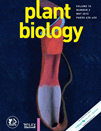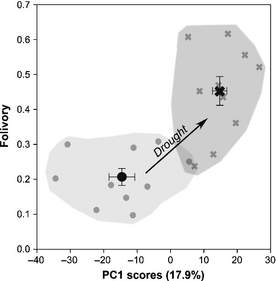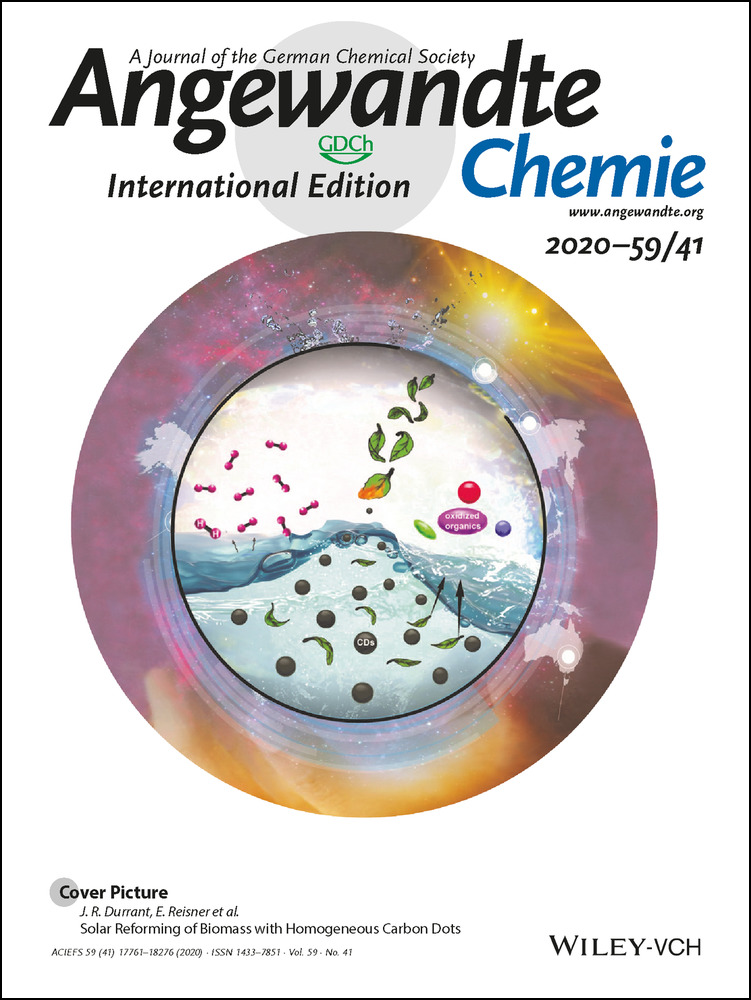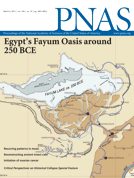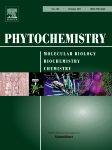 “Diversity of pyrrolizidine alkaloids in native and invasive Senecio pterophorus (Asteraceae): Implications for toxicity” by Eva Castells, Patrick P.J. Mulder and Miriam Perez-Trujillo. Phytochemistry (2014) 108:137-146. DOI: 10.1016/j.phytochem.2014.09.006
“Diversity of pyrrolizidine alkaloids in native and invasive Senecio pterophorus (Asteraceae): Implications for toxicity” by Eva Castells, Patrick P.J. Mulder and Miriam Perez-Trujillo. Phytochemistry (2014) 108:137-146. DOI: 10.1016/j.phytochem.2014.09.006
Changes in plant chemical defenses after invasion could have consequences on the invaded ecosystems by modifying the interactions between plants and herbivores and facilitating invasion success. However, no comprehensive biogeographical studies have yet determined the phenotypic levels of plant chemical defenses, as consumed by local herbivores, covering large distributional areas of a species. Senecio pterophorus is a perennial shrub native to Eastern South Africa, expanded into Western South Africa and introduced into Australia and Europe. As other Asteraceae, S. pterophorus contains pyrrolizidine alkaloids (PAs) toxic to vertebrate and invertebrate herbivores. Here we analyzed S. pterophorus PAs by LC–MS/MS and NMR spectroscopy. Plants from different origins diverged in their PA absolute and relative concentrations. Rosmarinine 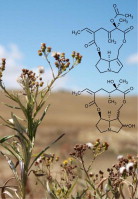 was the most abundant compound in Australia and South Africa, but it was nearly absent in Europe. We characterized three plant chemotypes: retrorsine– senkirkine chemotype in Eastern South Africa, rosmarinine chemotype in Australia and Western South Africa, and acetylseneciphylline chemotype in Europe. PA absolute concentrations were highest in Australia. The increased absolute and relative concentrations of retronecine PAs from Australia and Europe, respectively, indicate that S. pterophorus is potentially more toxic in the invasive range than in the native range.
was the most abundant compound in Australia and South Africa, but it was nearly absent in Europe. We characterized three plant chemotypes: retrorsine– senkirkine chemotype in Eastern South Africa, rosmarinine chemotype in Australia and Western South Africa, and acetylseneciphylline chemotype in Europe. PA absolute concentrations were highest in Australia. The increased absolute and relative concentrations of retronecine PAs from Australia and Europe, respectively, indicate that S. pterophorus is potentially more toxic in the invasive range than in the native range.
